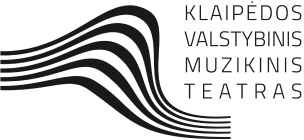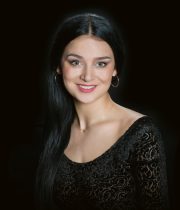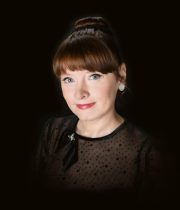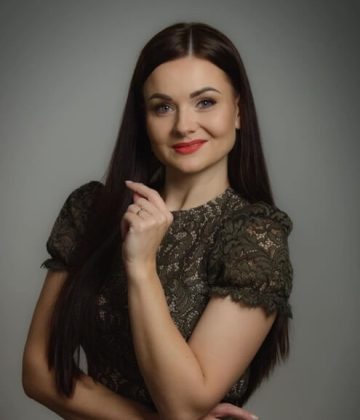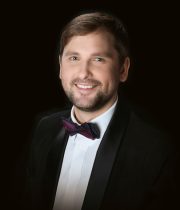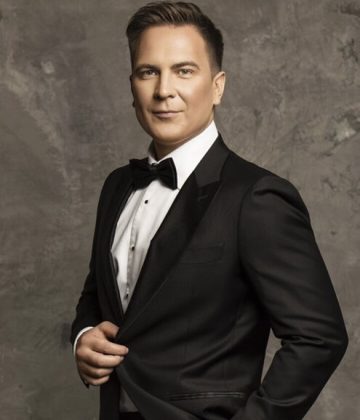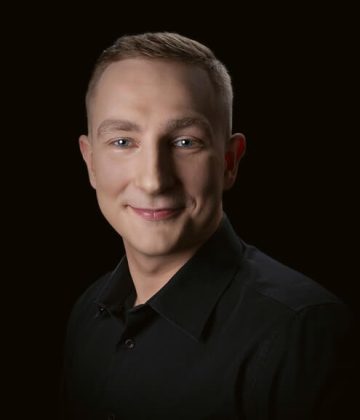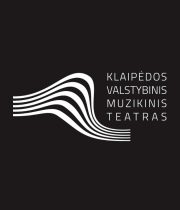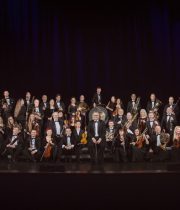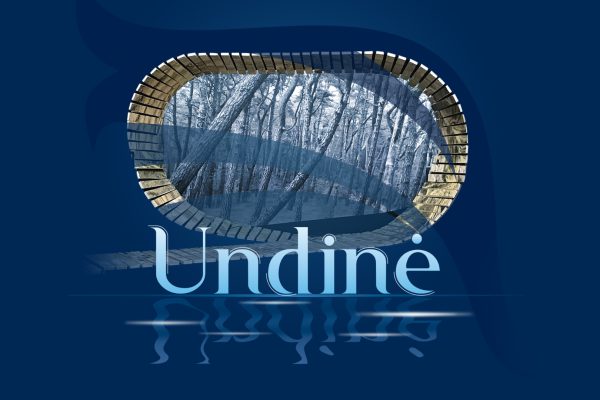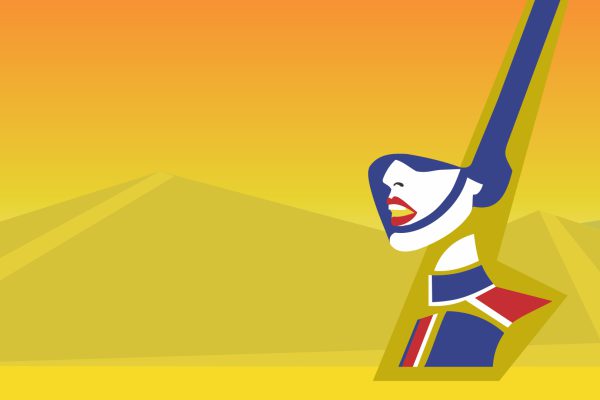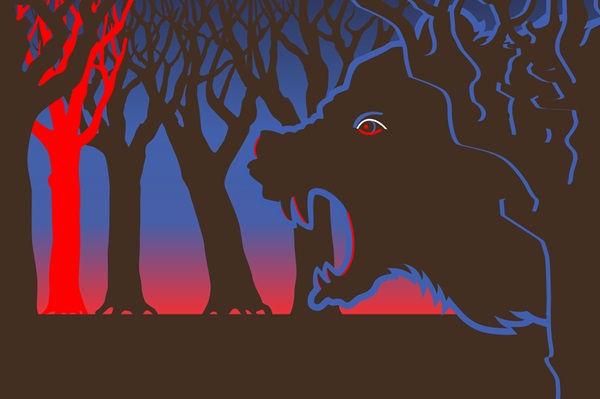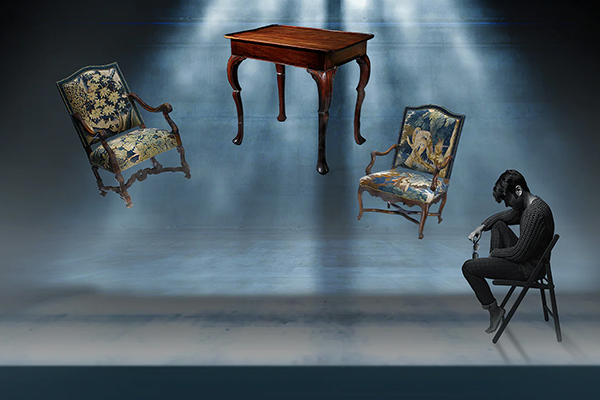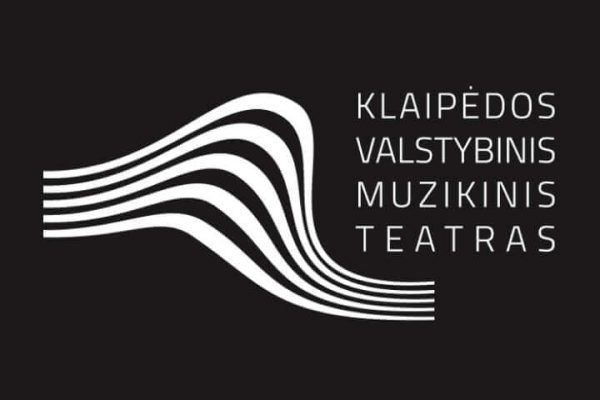THE VOYAGE
A three-act opera with a prologue and epilogue in English, Spanish, and Latin
Libretto by David Henry Hwang, based on a story by Philip Glass
First performance: October 12, 1992, at the Metropolitan Opera in New York, commemorating the 500th anniversary of the discovery of America.
“The Voyage” is an allegory about the spirit of exploration and the state of being without a place—a condition we encounter whenever different cultures meet. What drives people to travel? What are they searching for? Characters from the past and the future offer different answers, among them a scientist who journeys across the universe while seated in a wheelchair. Christopher Columbus embodies all those eternal wanderers—Ulysses, Noah, the Flying Dutchman—cursed or called to roam, alone on their ship, obsessed with an idea; his figure symbolically represents all travelers driven by the desire to explore and to question. (Philip Glass, 1992)
Philip Glass (b. 1937, Baltimore, Maryland, USA) is recognized today as one of the most iconic, influential, commercially successful, and prolific composers in the world. Beginning his independent creative career in the mid-1960s, Glass developed a distinctive, instantly recognizable style he called “music with repetitive structures,” characterized by rhythmic formulas that gradually lengthen or shorten, tonal harmony, static dynamics, processual development, and an economy of expressive means. These features, especially in his early radical period, were associated with the minimalist movement, and Glass is considered one of its four pioneers alongside La Monte Young, Terry Riley, and Steve Reich. Over time, minimalism became a kind of universal language of postwar American culture, widely understood and embraced by audiences worldwide. However, Glass himself has always rejected the “minimalist” label, calling himself a “classicist,” and his ever-expanding repertoire across genres reveals ambitions closer to “maximalism” and an extraordinary productivity comparable only to the great Baroque masters.
Glass’s oeuvre includes more than thirty operas, encompassing not only works for the grand opera stage but also chamber operas, film operas, musical theater pieces, and other stage genres. His most famous and groundbreaking work is his first opera, Einstein on the Beach (1975–1976), created with scenographer and director Robert Wilson. Its American premiere at the Metropolitan Opera shook the foundations of traditional opera, redefined the genre, and instantly catapulted its creators—previously known only to a small circle of New York experimental art enthusiasts—into international fame. In recognition of this success, the Metropolitan Opera commissioned Glass to compose a new opera for the upcoming 500th anniversary of America’s discovery, offering him the largest fee ever paid for a new opera.
The premiere of The Voyage at the Metropolitan Opera was scheduled for the exact date when, in 1492, Columbus set sail westward in search of a new route to East Asia and sighted land five weeks later—October 12, 1992, a Monday. Despite the grandeur of the occasion, documentary realism was never Glass’s goal for the operatic stage. “Opera is the arena of poetry par excellence—a place where the rules of historical research need not apply, and where the artist’s imagination can uncover a different kind of truth,” he asserted. For Glass, the discovery of America became a pretext for an allegorical narrative—a broader reflection on humanity’s eternal desire to explore, to know, and to discover; on the impulses that drive people to ask questions and seek new horizons, not only geographically but also spiritually and intellectually. Playwright David Henry Hwang developed this allegory into a highly poetic, abstract libretto, weaving in elements of science fiction, historical allusions, and grotesque details from contemporary life.
The story of this three-act opera with a prologue and epilogue is non-linear, constantly shifting in time and space. In the prologue, we meet a Scientist exploring the farthest reaches of the universe while completely unable to control his body—a character inspired by the renowned physicist and cosmologist Stephen Hawking. Columbus appears only in Act II, which spans two days of his voyages to the New World: the first, when he is ceremoniously bid farewell by Queen Isabella of Spain and the courtiers listing his newly granted titles; and the last, filled with doubts about his mission and haunted by nightmarish visions. Even darker thoughts torment him on his deathbed (epilogue), as he reflects on his life and repents for the inhuman toll exacted on indigenous peoples by the collision of Old and New Worlds—a collision he set in motion. These native inhabitants never appear on stage; the encounter with “ape-men” occurs in Act I’s primordial world, where a crew of aliens arrives in a spaceship, fleeing a black hole devouring their home planet. Act III leaps into the future—a satirical vision of science fiction, with politicians and dignitaries gathered around a spacecraft as humanity once again embarks on a quest for new worlds and new forms of life.
Fate seems to have decreed that The Voyage would become the first Philip Glass opera staged in Lithuania, marking the opening of the Klaipėda State Musical Theatre’s inaugural season in its new home. Its new stage interpretation was created by a team of young Italian artists selected through an international competition: Chiara Osella (direction), Carlo Massari (direction and choreography), Eleonora Peronetti (set design), and Emilia Zagnoli (costumes), joined by KVMT’s regular visual collaborators Linartas Urniežis (video projections) and Andrius Stasiulis (lighting). The musical director of the production is maestro Dante Santiago Anzolini (Argentina–USA), specially invited to return to the theater where, three decades ago, he staged the legendary local production of Verdi’s La Traviata. Anzolini shares a long-standing friendship and creative partnership with Glass, having conducted his operas and symphonies worldwide.
Awards:
“Padėkos kaukė” (March 27, 2025, Klaipėda) – Klaipėda State Musical Theatre’s production of The Voyage (Performance of the Year)
Sponsored by

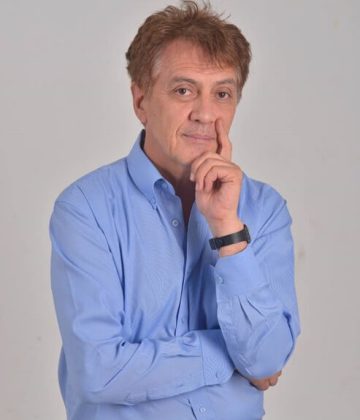
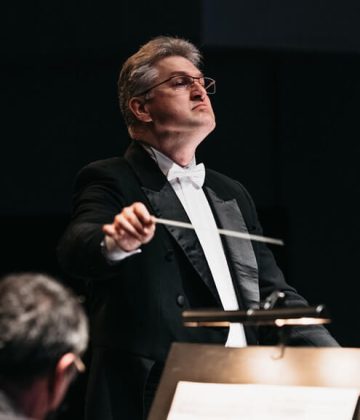
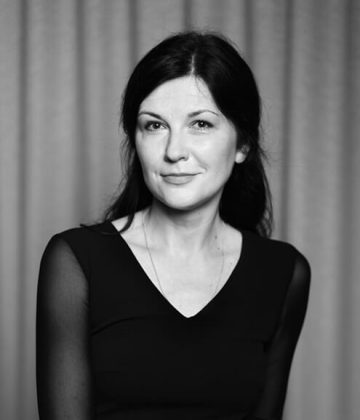
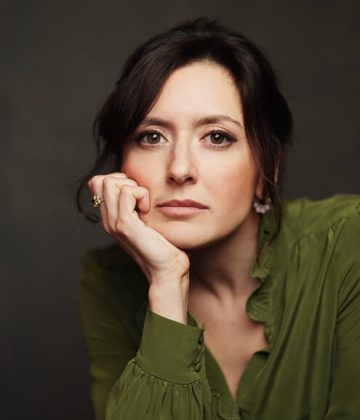
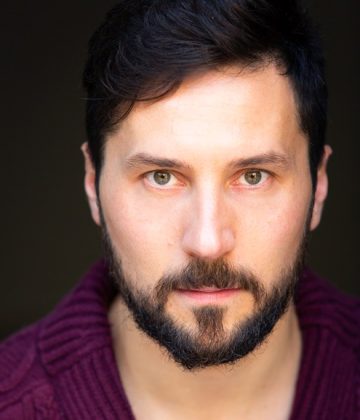
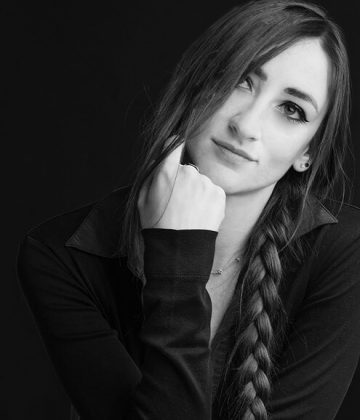
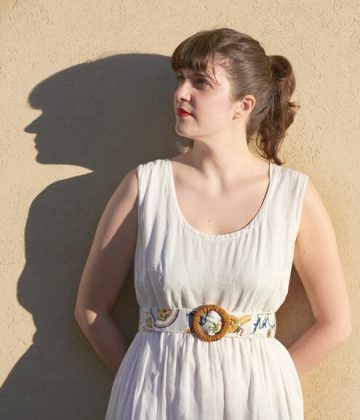

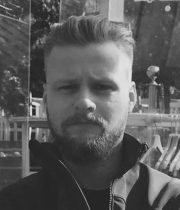
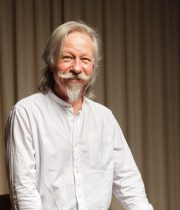
Prologue
A futuristic science laboratory where the heads of the greatest thinkers of all time have been preserved by cryogenesis. As these pose eternal questions about the nature of time and space, a Scientist ponders the idea of exploration. Despite faulty equipment, inadequate bodies, and finite minds, there have always been people who dared to follow where their vision leads.
Act I
Scene 1. A spaceship hurtles out of control toward a solar system. Inside, the Commander complains that nothing on her ship works properly—neither the lights, nor the engines, not even her training, which did not prepare her for this eventuality. As the spaceship plunges closer to Earth, the First Mate punches up an image of the rapidly approaching planet on his computer and describes its life-giving properties—water, oxygen, vegetation, and humanoid forms. Meanwhile, the Second Mate relives his wretched childhood, as the Ship’s Doctor remembers her garden and children at springtime. The spaceship crashes.
Scene 2. Landed on the planet Earth in its infant state of evolution, the spaceship crew witnesses the formation of the first organisms of life.
The Commander gives each crew member one of the ship’s pulsating directional crystals. The crew uses them to enter a trance in which they visualize how humanity will evolve over the centuries.
Scene 3. Alone, the Commander prepares to exit the spacecraft, wondering what fate awaits her: she would have died rather than be bound by boredom. As the gate of the spaceship opens and she steps out, she encounters ape-like hominids, at the transitional evolutionary stage between animal and human.
Thinking she is a fantastic creature, the hominids elect the Commander as their new queen and sweep her up in a ritual.
Interval
Act II
Scene 1. In 1492, Queen Isabella and the Spanish court bid farewell to Columbus as he sets out for the Indies. As the queen gives blessings to the navigator by quoting from Scripture, members of the court promise him titles, wealth, and power. This scene turns out to be…
Scene 2. …something remembered by Columbus on board the Santa María. The First Mate’s voice, calling out the dawn watch, jolts Columbus back to the sordid realities of life at sea. It is the thirty-second day into the voyage, and his men no longer have faith in him or his mission. The awesome solitude seems to crush in on him when he has a vision of Isabella, who reminds him that his dream, before he set out, was so real it could have come only from God.
But, argues Columbus, “As through the expanses of blue I see my own face, and it is old.” Isabella reminds him of Noah’s faithfulness. The explorer further expresses his doubts about “the order of God, and the Turks and Jews we kill in His name.” As the queen appears looking like the Madonna, she calls on the explorer to remember a virgin “who felt in her belly a stirring, and held fast to the faith this was God.”
When Columbus requires a promise that by this expedition he will further the kingdom of God, Isabella, swearing it is so and becoming more clearly a mortal woman, claims to be his queen, his love, his one true God. A bird sings, and the First and Second Mates cry out “Tierra!”.
Interval
Act III
Scene 1. In a space station in a solar system, the Second Mate and the Ship’s Doctor scan various sectors of the universe, searching for the origins of life. At the same time, amateur archaeologists Earth Twins 1 and 2, search for a laboratory on Earth. While hiking in the Andes, one of them heard a low-pitched tone; the other was digging near the Ganges when she heard a high-pitched tone.
As the Earth Twins try to connect with their antennas to follow these signals, the space station’s mega telescope detects them: life forms from distant worlds that have been searching for each other are now finally connected.
Scene 2. The Commander is now the president of a planet where she rules over the man-apes she met in Act I and gives a speech introducing her Crew’s new discovery: the Earth Twins. In a jubilant send-off, various dignitaries and politicians present themselves to the newcomers.
Scene 3. Ready for a new expedition, the Commander, First Mate, Second Mate, and Doctor bids farewell to his or her loved ones. Once again, mankind is off on a voyage of discovery, exploring the unknown.
Epilogue
As the space travellers fade away, Columbus appears on his deathbed. Isabella comes again as a vision to accompany the explorer to the realm, of which she already is a part.
As he accuses the queen of failing to keep her promises, she ridicules his assurance as being the child of pride, his actions in the New World as being guided by Lucifer.
Pondering questions raised by man’s eternal curiosity, Columbus is transported to the stars.
